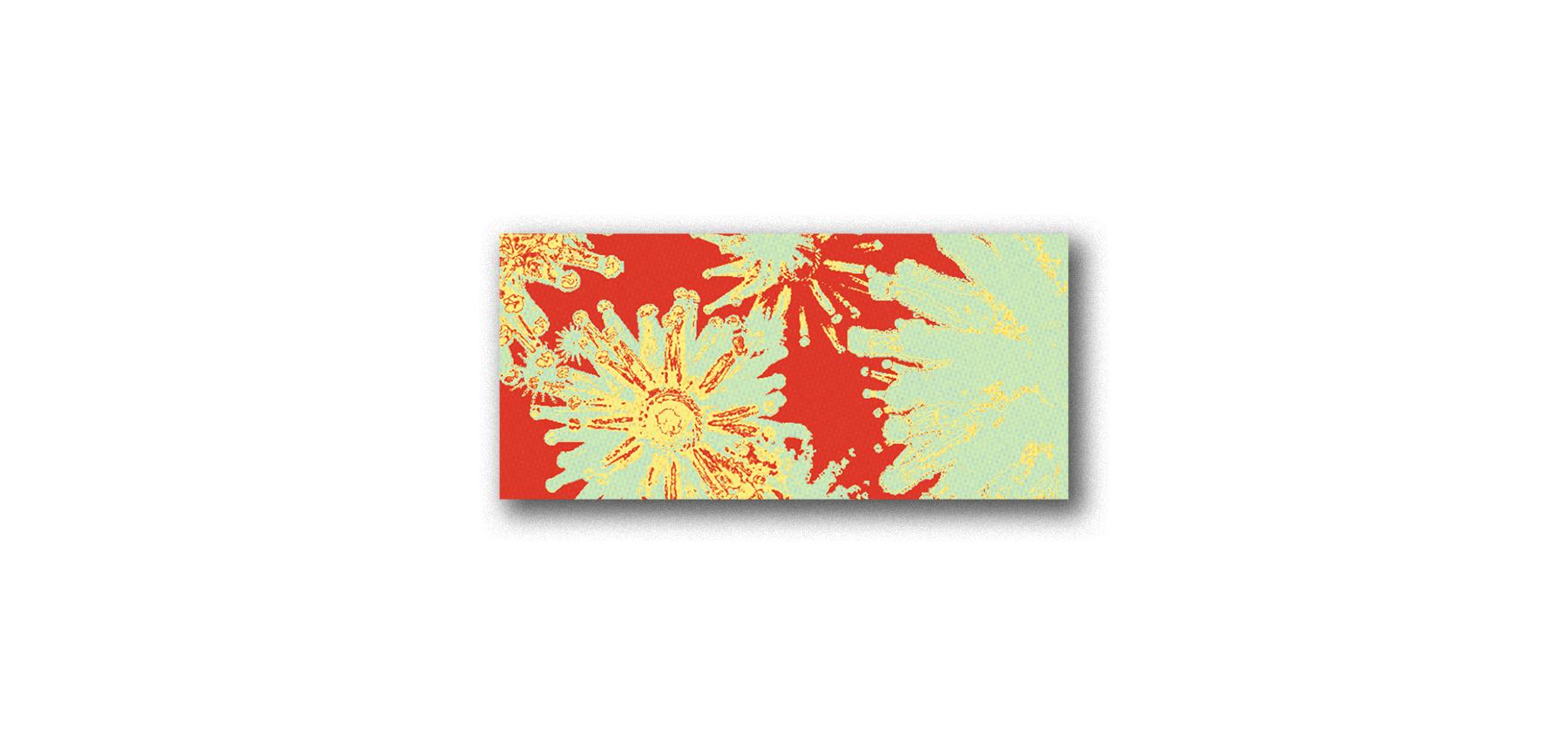Metaphors in Power
Commissioned by the UNHCR Innovation Team.
The Metaphors in Power series
Narration and Power Dynamics (2021), digital painting
The objective of this series was to provide a critical response to the research I encountered by presenting a perspective shaped by the exchanges and insights gathered from individuals identifying as “marginalized” across Europe and the Americas. Many of these individuals are first- or second-generation post-colonial immigrants, whose familial roots in the West—whether recent or extending back centuries, often as a result of the transatlantic slave trade—are critical to understanding their narratives.
Through discussions and lived experiences, I identified four key factors influencing the understanding of metaphors within populations sharing a cultural context:
Language and its connection to traditional rhythms.
Oral traditions as vehicles of folklore and imagination.
Dominant religion within the community, shaping collective spirituality.
Common history, a tapestry of conflicts, trades, influences, and imposed dynamics, laying the groundwork for what we now recognize as globalization.
These elements reveal that globalization itself is a legacy of colonial systems designed to sustain capitalism through the exploitation of resources and cyclical violence.
The Language of Patterns
Language is imbued with patterns that influence our perception of reality:
The Circle: A symbol of limitation, individuality, or emptiness.
The Sphere: The three-dimensional evolution of the circle, adding physical depth to the viewer’s comprehension.
The Square: Associated with masculine energy and logical structuring; when multiplied, it forms matrices, facilitating quantification and comparison.
The Spiral: A symbol of cyclical motion, inward or outward, representing life in Dogon cosmology, the golden ratio, and celestial movements.
Colors: Reflect energies linked to the light spectrum or the chakra system, such as Mount Meru metaphors.
The Role of Folklore
I view folklore as a utilitarian tool for wisdom and personal growth. While incomplete or decontextualized folklore can instill fear, fully historicized narratives can provide profound understanding. Across Africa, recurring themes of duality and balance in cosmogonies offer transformative insights.
For example, dualities like Dark and Light are seen not as oppositional forces but as complementary, consubstantial elements where one cannot exist without the other.
Black: Represents the invisible.
White: Represents emptiness.
Cultures (2021), digital painting
Religion, Spirituality, and Creation
While Abrahamic religions dominate the global discourse, ancient African traditions, such as the Ifa system, predate them by millennia. These traditions not only influenced Abrahamic beliefs but also contributed to disciplines like mathematics, as evidenced by Ifa divination’s binary logic.
Contrasting this, Abrahamic religions introduced a stark duality between God and Satan, reinforcing narratives of “otherness.” This dynamic diverges from indigenous perspectives, where dualities signify complementary balance rather than conflict.
Common Histories and Power Dynamics
The shared history of global populations is foundational. However, individuals raised in Western contexts often unconsciously perpetuate systems of power and exploitation, comfortably embedded within these frameworks.
A striking example of these dynamics is the gender binary, which links closely to environmental narratives through the lens of petro-masculinity.
Blue: Represents feminine energy, echoing the ocean and upper chakras associated with high-energy light frequencies.
Red: Symbolizes masculine energy, connected to the root chakra and low-energy light, such as infrared.
This duality informs my exploration of petro-masculinity, which critiques the monopoly of fossil fuels as a symbol of masculinity, closely tied to climate denial and authoritarian structures. In contrast, indigenous beliefs recognize nature as feminine, a nurturing Mother figure. My work on Narration and Power Dynamics explores these intersections, weaving indigenous wisdom with critiques of modern systems.















